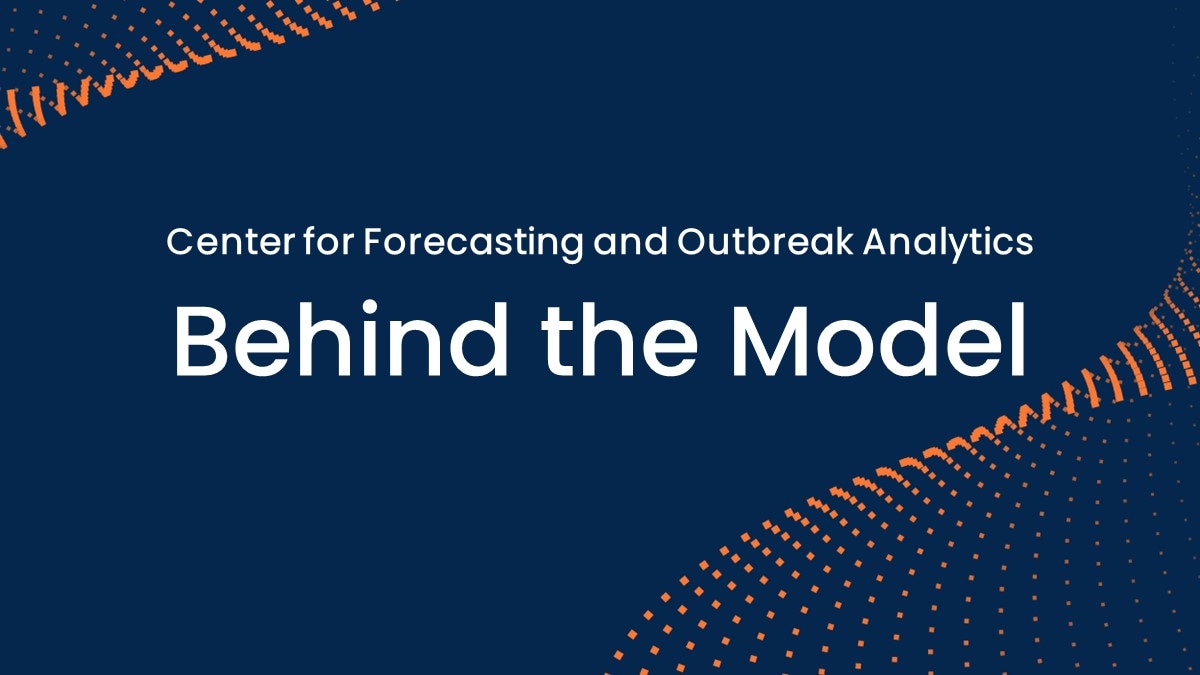Purpose
- Web series sharing the behind-the-scenes work of CFA and partners in generating models, forecasts, and other analytic products.
- Aim to provide a high-level overview of methods and practical applications of our work.
- Written for public health practitioners, healthcare providers, and the public.

Wastewater-Informed Forecasting
CFA is building public health modeling tools that use signal fusion, in which data streams from multiple sources are used to produce more accurate modeling and analytics. In one example of this work, we are partnering with the National Wastewater Surveillance System (NWSS) and the National Center for Immunization and Respiratory Diseases (NCIRD) to use wastewater data alongside hospital admissions data to forecast COVID-19 hospital admissions at the state and national levels. These additional data could improve forecasts at critical times, such as when entering a surge in transmission.

Estimating Impact of Updated Isolation Guidance
We estimated the potential impact of CDC’s updated respiratory virus isolation guidance on an individual’s COVID-19 transmission potential. Our analysis found little difference on average for the likelihood that someone with COVID-19 would spread it to others under the updated isolation guidance compared with the previous guidance.

Improving CDC’s Tools for Assessing Epidemic Growth
CFA is building modeling tools and computational pipelines so that we can analyze data quickly and accurately in response to outbreaks. Our goal is to make these tools accessible to federal, state, tribal, territorial, local, and academic partners. One of these efforts is to estimate the time-varying reproductive number, Rt, a measure that helps us quickly assess whether infections are increasing or decreasing.

